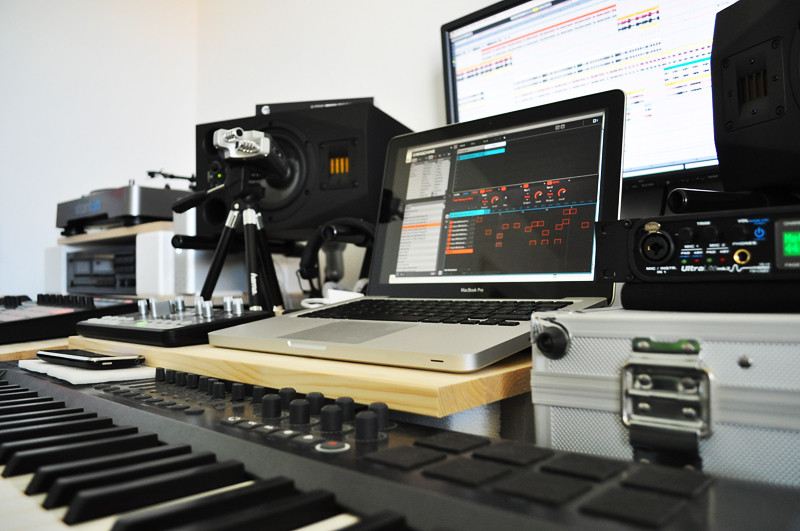

Engineers get obsessive with these little boxes, on their quest for the purest sound. Yes, but the audio interface converts the signal at a much higher quality. It will convert the analogue signal into a digital one.īut isn’t that what the sound card already does? Use this box to connect microphones, keyboards or any instruments you want to record. Though it could connect through a firewire port if you have an older computer. This is a little box, which you attach to your computer with a USB or thunderbolt cable. FL Studio is also good for electronic music, and it’s simple and affordable.

Some are more suitable for specific genres of music.įor loop based electronic music, take a look at Ableton Live.Ībleton was originally developed for DJs and musicians who performed live, and has now grown into a powerful DAW. They all do the same thing, but each have their own workflow. There’s several choices of DAW software for your home recording studio. Once you’ve put down the vocals, you can gear them in a selection of virtual rooms and see which one suits the best.Īll the tools of a professional recording studio are available for tweaking the sound with compression and eq. You’ll then be able to try out different virtual instruments, and record some acoustic guitar. If you’re a solo songwriter, start with programming a drum rhythm. Use your DAW to build up a full song, one track at a time. It gives you access to a virtual recording studio, and a vast collection of instruments. This is the powerful software for your computer. Of course I need headphones for this ( more below). I love taking my laptop to a cafe or shared workspace, to write, edit or even mix music. These days laptops are powerful enough to be the centre of most home recording studios. Too much noise makes it impossible to make decent recordings, or even hear what you’re mixing properly. Many musicians opt to buy another external hard drive, just for audio files.Īlso consider how noisy the fan is. SSD is better than HDD, and no less than 500gb in size. The same goes for the internal hard drive – make sure it’s fast enough. You don’t want to have to trade it in for a more powerful model next year. You could get away with less than this, but with ever-expanding file sizes, its better to future proof your investment. In terms of specifications, aim for at least 16gb of ram and the fastest CPU you can afford. This is the great killer of creative flow.

The computer needs to work with several large audio files at the same time, and without enough power, it’s at risk of constantly stuttering and stopping. If you’re buying a new computer, there’s a few things to consider… PCs and Macs are both fine, so stick with the operating system you’re comfortable with. If you’re starting out, and already have a computer, I recommend using whatever you already have. The computer is the heart of the home studio.


 0 kommentar(er)
0 kommentar(er)
